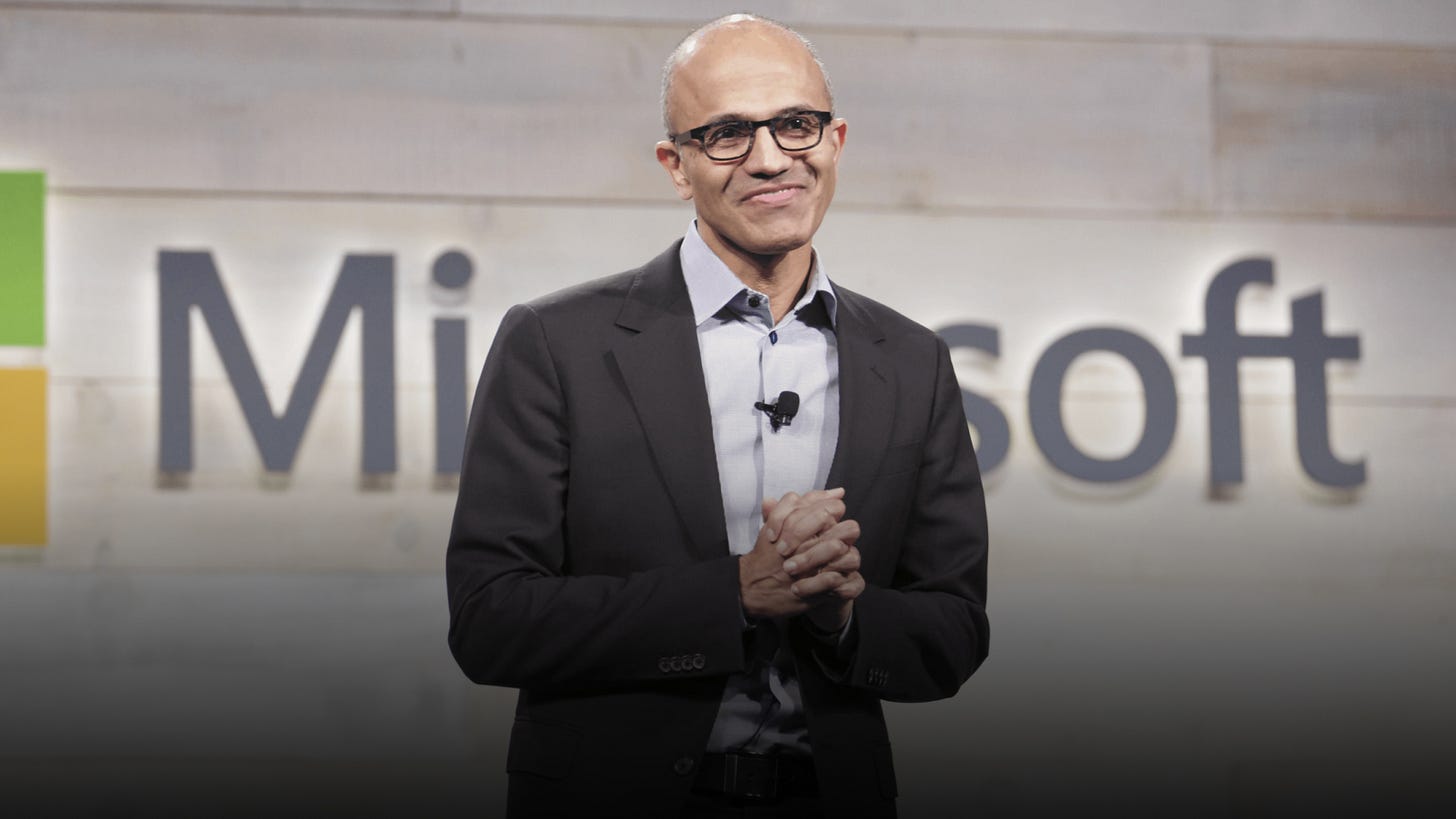DxGPT: How Microsoft’s AI is Revolutionizing Rare Disease Diagnosis
Harnessing GPT-4 and Azure Cloud to Deliver Rapid, Privacy-First Diagnostic Support for Families and Clinicians Worldwide
Good Morning, Afternoon, or Evening!
I hope this message finds everyone well. The topic of today’s post is particularly meaningful to me on a personal level. Many years ago, I was diagnosed with Indeterminate Ulcerative Colitis—at the time, the physicians could not definitively rule out Crohn’s Disease, which has since been confirmed as the accurate diagnosis. Reaching this official diagnosis required significant time, patience, and effort. This experience has reinforced my belief that the integration of artificial intelligence in healthcare will be both essential and profoundly beneficial to society.
Table of Contents
🕖 TL;DR
📖 Introduction
🌱 The Origins of DxGPT: A Personal Mission
🧠 How DxGPT Works: Technology and Approach
🌍 Impact and Adoption: Changing Lives Globally
⚖️ Limitations and Challenges
🚀 The Future of DxGPT and AI in Healthcare
🏁 Final Thoughts
TL;DR
DxGPT is a privacy-first web tool built on GPT-4 and Microsoft Azure. Enter symptoms, and within seconds it returns a shortlist of possible conditions (particularly rare diseases) to guide further clinical evaluation. Free and already in use by 500,000+ people and 6,000+ doctors.
Introduction
Imagine being told, again and again, that the test results are “normal,” while your child’s seizures grow more frightening and the nights between hospital visits stretch ever longer. That was the reality for Sergio Isla and his parents. For nearly a year they ricocheted between specialists in search of a diagnosis until one neurologist finally identified Dravet syndrome, a severe genetic epilepsy that is both rare and often mis‑recognized. The emotional toll of that ten‑month odyssey, the mounting medical bills, relentless uncertainty, and the fear of watching hope evaporate could have ended there. Instead, Sergio’s father, Microsoft engineer Julián Isla, resolved that no family should have to wander so long in the dark.
The Origins of DxGPT: A Personal Mission
A father’s quest: Sergio’s 10-month odyssey to a Dravet syndrome diagnosis showed Isla how devastating diagnostic delays can be.
Foundation 29: In 2017, Isla founded the non-profit to leverage AI for rare diseases and quickly secured Microsoft’s backing after sharing his story with CEO Satya Nadella — himself a parent of a child with special needs.
Mission statement: Shorten the average 4 to 5-year “diagnostic odyssey” millions endure by turning cutting-edge language models into an always-on diagnostic companion.
How DxGPT Works: Technology and Approach
Input: Users describe symptoms in plain language.
Language understanding: Fine-tuned GPT-4o models parse medical context.
Knowledge recall: The AI compares input against a vast corpus covering 10,000+ rare diseases and common conditions.
Output: A ranked list (usually top 5) of likely diagnoses, each with a brief rationale and next-step suggestions.
Privacy-by-design: No login, no personal data stored; queries are erased after processing, meeting GDPR standards.
Clinicians treat the list as an evidence-based “second opinion,” refining it with exams and tests. DxGPT augments, never replaces, medical judgment.
Try it here: DxGPT App
Impact and Adoption: Changing Lives Globally
Scale: 500,000+ individual uses since 2023; integrated across Madrid’s public health system, giving 6,000 physicians rapid diagnostic support
Speed: Early pilots show potential to cut multi-year diagnostic journeys to weeks by surfacing overlooked “zebra” conditions on day one.
Accessible: You don’t need to live near a top hospital or be rich to access this tool. DxGPT gives regular families access to the same diagnostic knowledge a rare disease specialist might have.
Empowers Patients with Knowledge: Anyone can use DxGPT for free, without logging in or sharing personal data. It helps people ask smarter questions and advocate for themselves especially if they've been dismissed or misdiagnosed.
Peace of Mind: Even just seeing a potential explanation for ongoing symptoms can be a huge emotional relief. Knowing what might be wrong is often the first step to healing or coping.
Limitations and Challenges
Moderate diagnostic accuracy
Correct diagnosis appears in the top-5 suggestions only ~60% of the time overall, ~50% for rare diseases.Risk of AI hallucinations
May generate plausible but medically inaccurate or fabricated outputs that need verification.Emotional sensitivity limitations
May list severe diagnoses bluntly, lacking empathy or contextual communication, which could distress users.Unclear regulatory and legal status
Not currently approved as a medical device; liability for errors remains with the clinician, creating legal ambiguity.Integration and technical hurdles
Embedding into clinical workflows, EHR systems, and supporting multiple languages presents ongoing challenges.
The Future of DxGPT and AI in Healthcare
EHR integration: An Azure Marketplace API will embed DxGPT inside hospital record systems, saving clinicians clicks and time.
Interactive dialogue: Upcoming versions will ask follow-up questions, mimicking a specialist’s interview for sharper accuracy.
Global pilots: Planned trials at NIH and Mayo Clinic aim to validate reductions in diagnostic timelines and measure cost savings.
Multimodal expansion: Future releases may combine text with imaging, lab data, or genetics for even deeper insight.
Final Thoughts
DxGPT is proof that personal passion and advanced AI can converge to solve humanity-scale problems. By shrinking the gap between first symptom and first answer, it offers hope, agency, and a roadmap toward treatment for millions navigating the maze of rare diseases. Its journey also charts the ethical course for AI in medicine: empower people, protect privacy, keep clinicians in control.
References
Microsoft Source News (Juan Montes, April 2025) – “A father’s quest for diagnosis inspired a disruptive AI solution” - latestly.com
LinkedIn Post (Andersen Med, 2025) – Detailing DxGPT’s capabilities, stats, and challenges - linkedin.com
HackRead News (Waqas, Oct 2023) – Example of ChatGPT and IBM Watson in rare diagnoses - hackread.com
Healthcare Digital (2023) – Overview of Google’s Med-PaLM capabilities and case studies - healthcare.digital
LatestLY Tech News (Deepak Gharai, Apr 2025) – Nadella’s announcement of DxGPT and usage statistics - latestly.com
Rare Diseases PMC Journal (2023) – Statistics on diagnostic odyssey length -pmc.ncbi.nlm.nih.gov
Content was researched with assistance from advanced AI tools for data analysis and insight gathering. 









